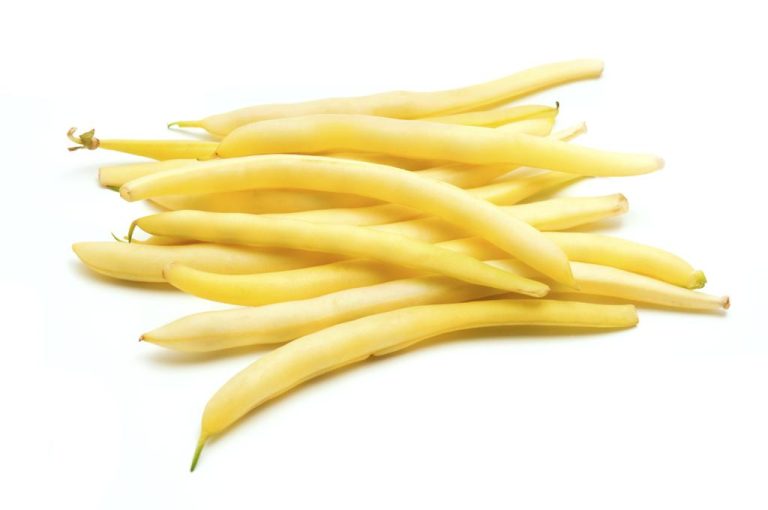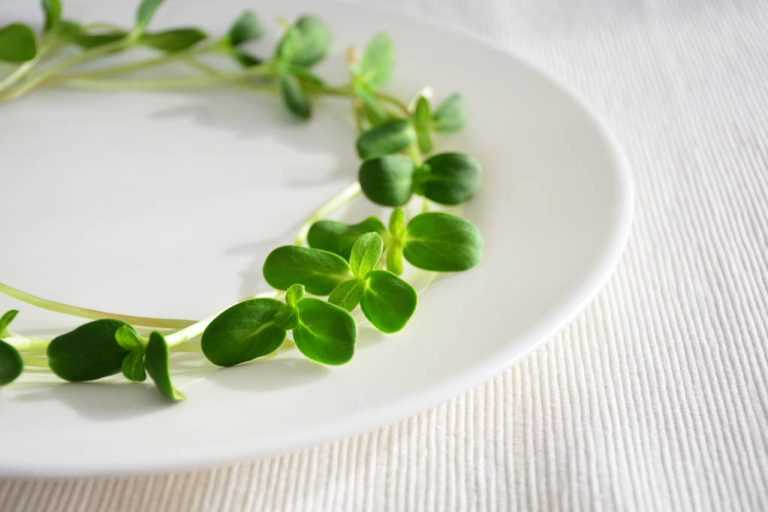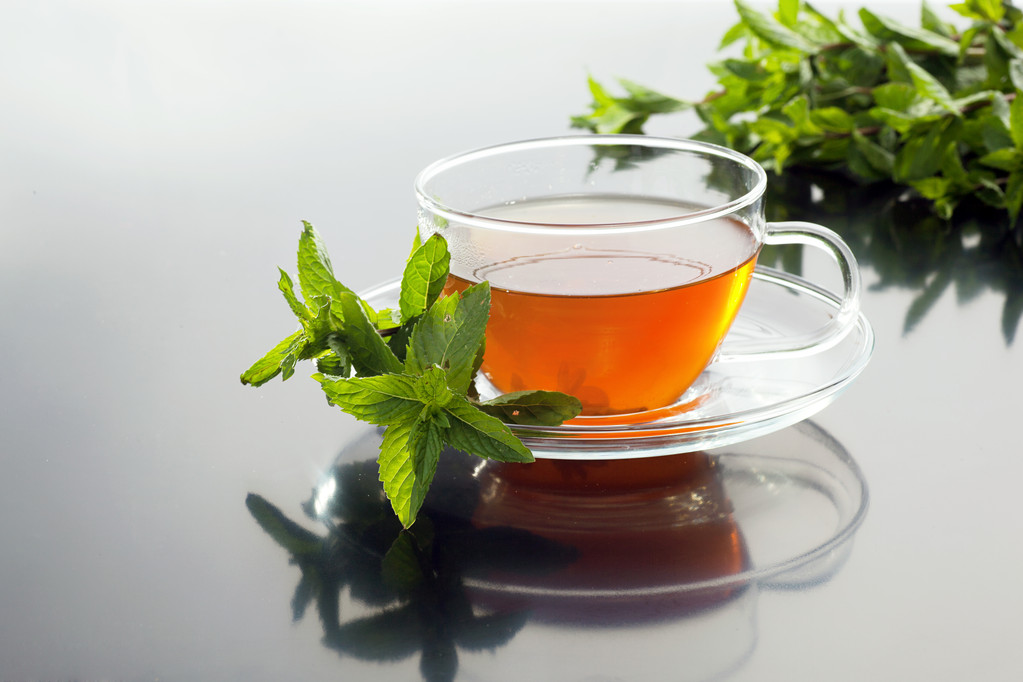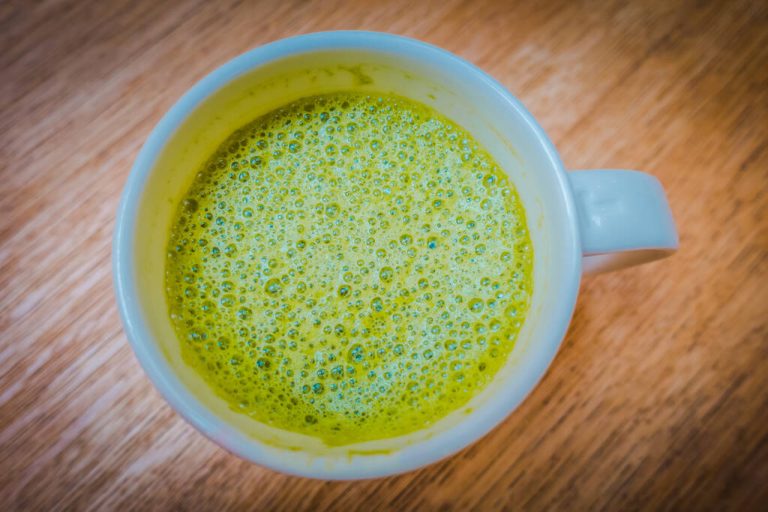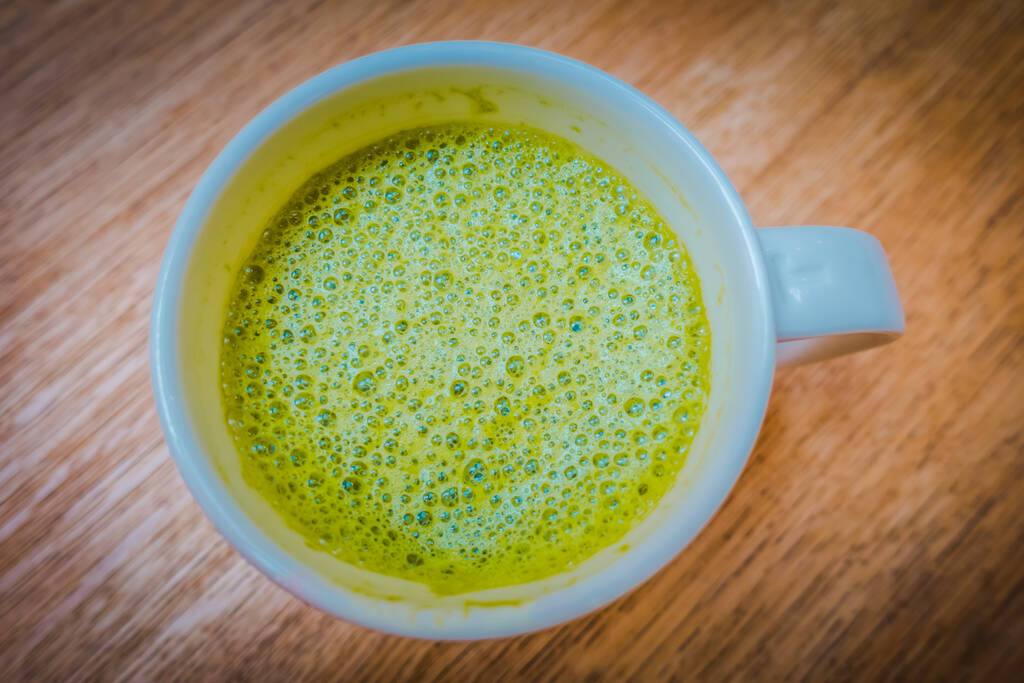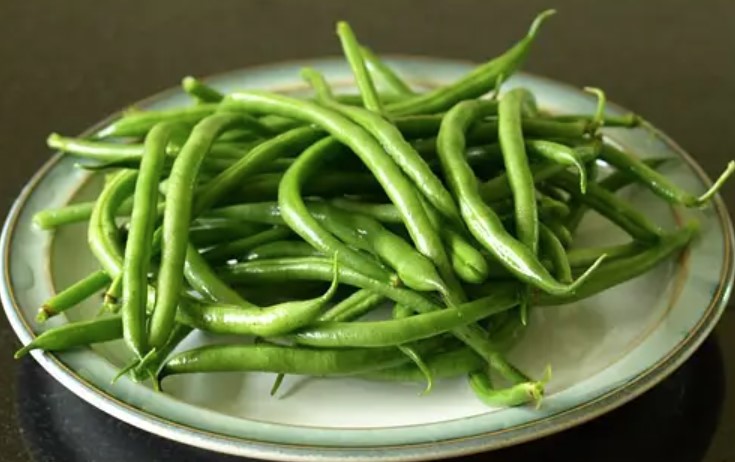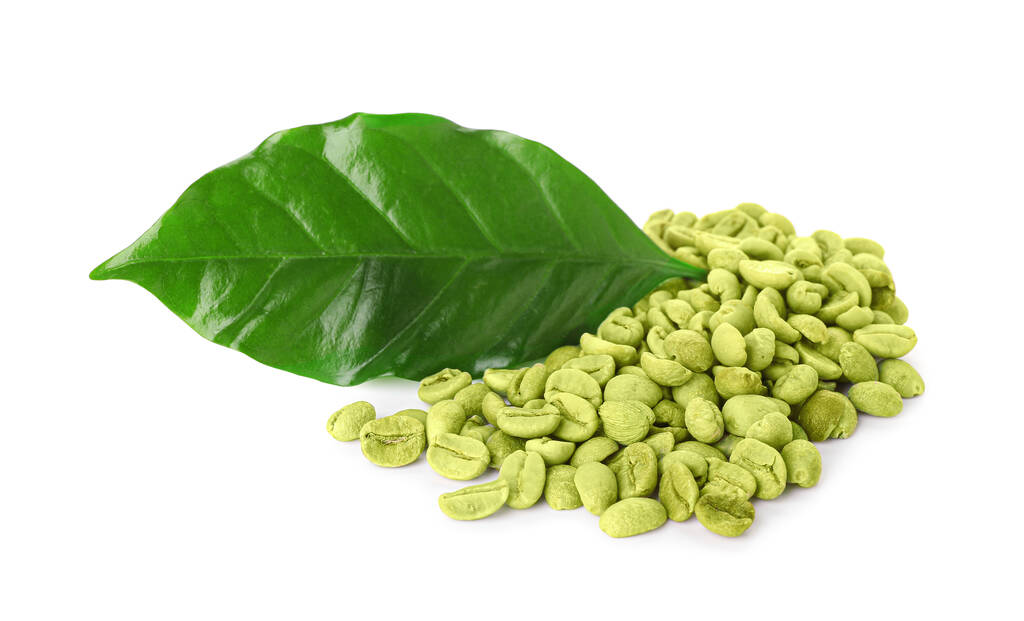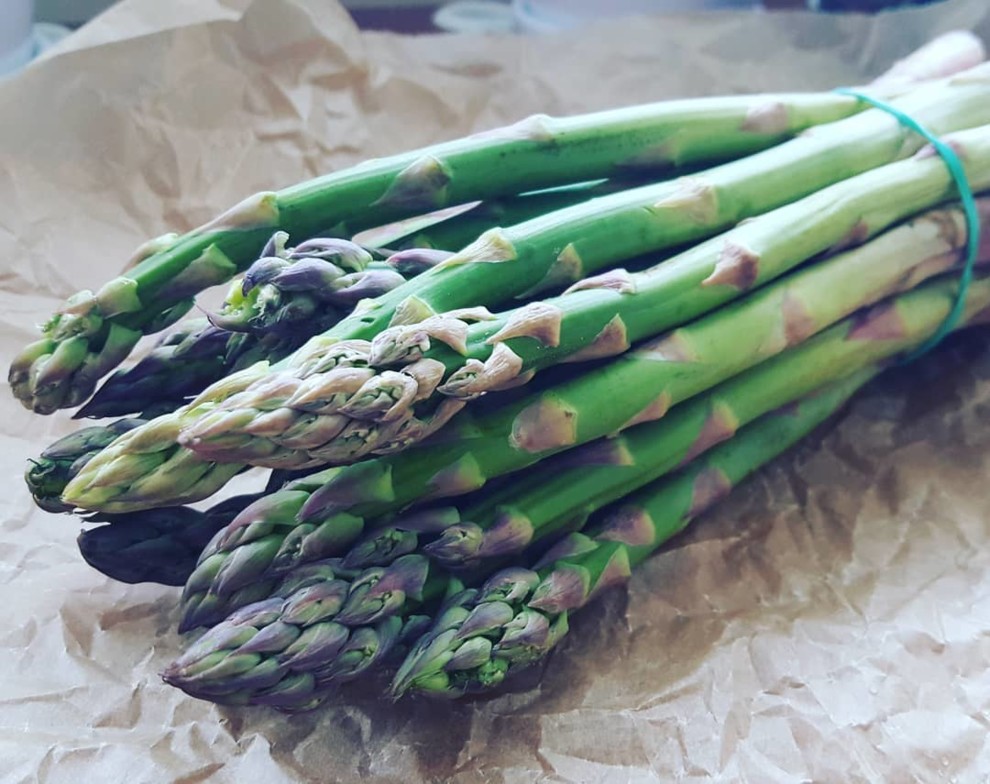Sencha tea comes from Japan and is the most popular type of green tea in the world. It is known for its finely tart taste and its stimulating effect. In this article we will tell you what makes Sencha tea so special.
Sencha tea: Green tea with a long tradition
Sencha tea is obtained from the same tea plant as black tea or oolong tea. The differences only arise through cultivation and further processing.
Sencha tea is grown under direct sunlight, while other popular green teas like gyokuro and tencha, also known as matcha, are planted in shade or partial shade. Chlorophyll formation is stimulated by the sun. This results in a particularly intense green.
The name of the tea already gives another clue to its processing. “Sen” means something like “steamed”, while “cha” means tea. The leaves are steamed for about 30 seconds right after harvest
After that, the leaves of Sencha tea are traditionally rolled by hand. This breaks down the cell walls and allows the ingredients to dissolve better in water.
Sencha Tea: More than just tea
Green tea is full of healthy ingredients. The individual varieties differ only slightly in their composition, the active ingredients are the same:
Bitter substances, especially catechins
Amino acids, especially L-theanine
caffeine
flavonoids
antioxidants
essential oils
Vitamin A, B1, E and vitamin C
Minerals such as magnesium and calcium
A study from 2010 looked extensively at the various benefits of green tea for your health and compiled the results from various studies:
The antioxidants it contains support cell renewal and thus slow down the aging process. They also fight free radicals and reduce oxidative stress. Through this effect, green tea is said to prevent various chronic diseases
Green tea lowers blood pressure and thus the risk of a stroke or other cardiovascular diseases.
Regular consumption of green tea lowers blood sugar levels and boosts fat burning. The tea can effectively help with weight loss.
Green tea has an antibacterial effect and helps to detoxify the body.
Various studies have found an anti-carcinogenic effect of green tea. However, further studies must follow in order to make concrete statements about the influence of green tea on different types of cancer.
The combination of antioxidants, vitamins and minerals strengthens the immune system.
Senche tea has a fairly high caffeine content. However, the caffeine is bound differently than in black tea or coffee and is therefore processed more slowly. In addition, the substance is easier to tolerate thanks to the amino acid L-theanine. As a result, green tea has a stimulating and stimulating effect.
Green tea is considered a traditional home remedy for diarrhea and flu in many Asian countries.
Due to its stimulating effect on the circulation, green tea in large quantities is not suitable for pregnant and breastfeeding women, as well as for people with cardiovascular and kidney problems.
How to properly prepare Sencha tea
The correct preparation of Sencha tea is almost as important as the quality of the tea itself.
Even the pot is decisive for the taste. Green tea needs space to develop its taste. Therefore, a large tea strainer is better suited for Sencha tea than a tea infuser.
When it comes to preparation, Sencha tea hardly differs from other types of green tea:
For one liter of green tea you need about 15-20 grams of loose green tea leaves. That equates to about four to six teaspoons, depending on how intense you like your tea.
You should never pour boiling water over sencha tea to preserve all the active ingredients and to avoid making it bitter. Let the water boil first. Then you let it cool down until the water has a temperature between 60 and 80 degrees
Do not steep sencha tea for more than two minutes
During a second infusion, other active ingredients are released from the tea, making the tea’s entire spectrum of effects accessible to you. For the second infusion, it is best to use 80 degree hot water.
The fine, tart taste of Sencha tea can be perfectly combined with fruity or floral notes, such as orange or marigold.




